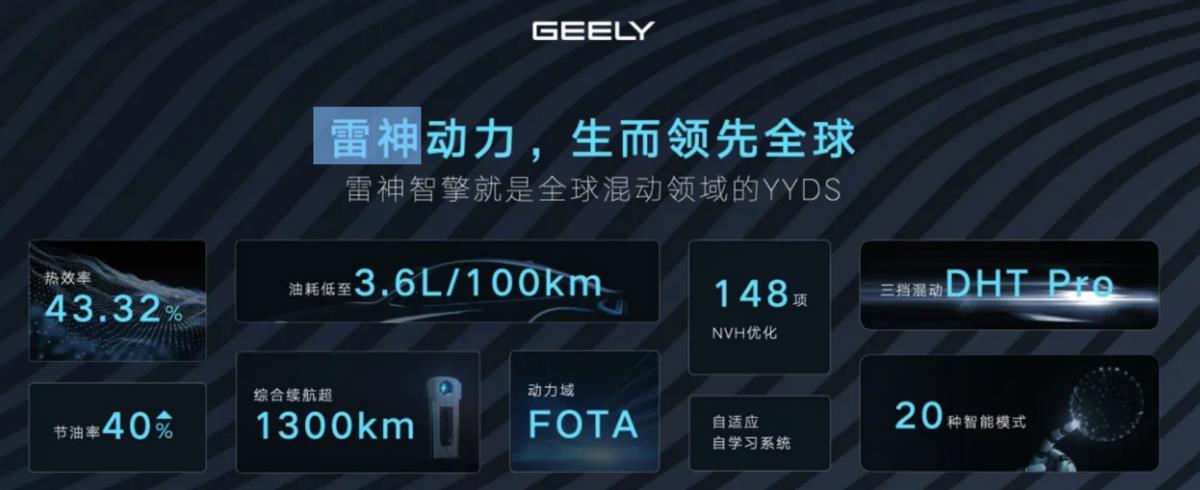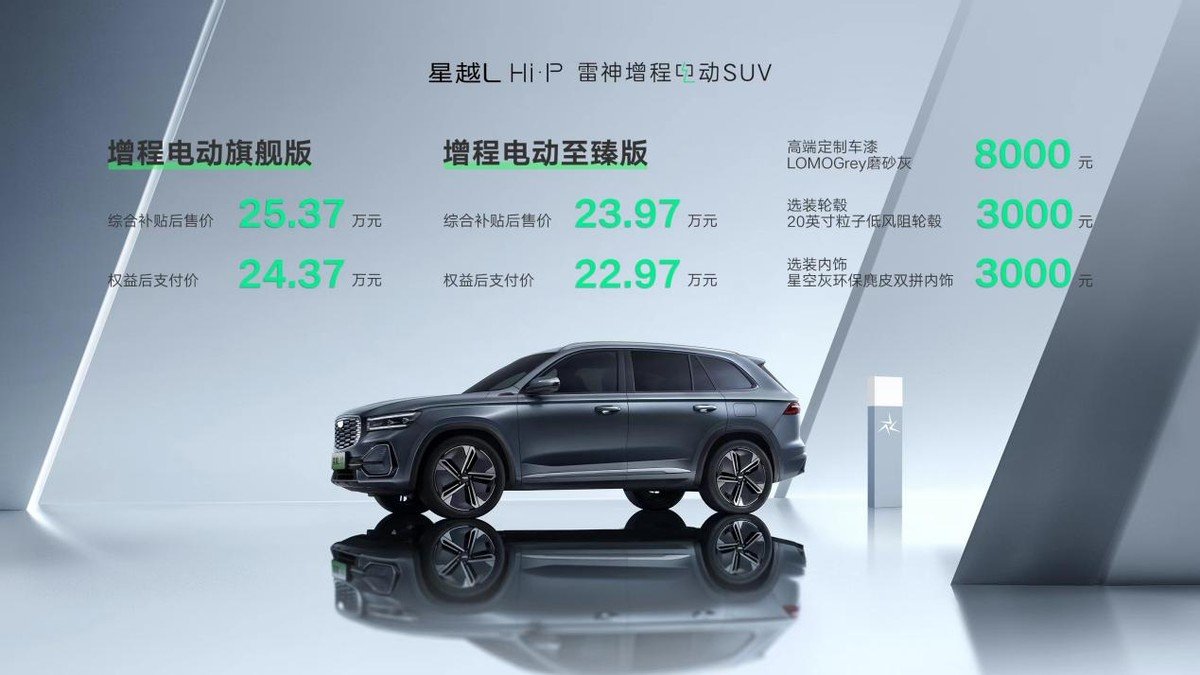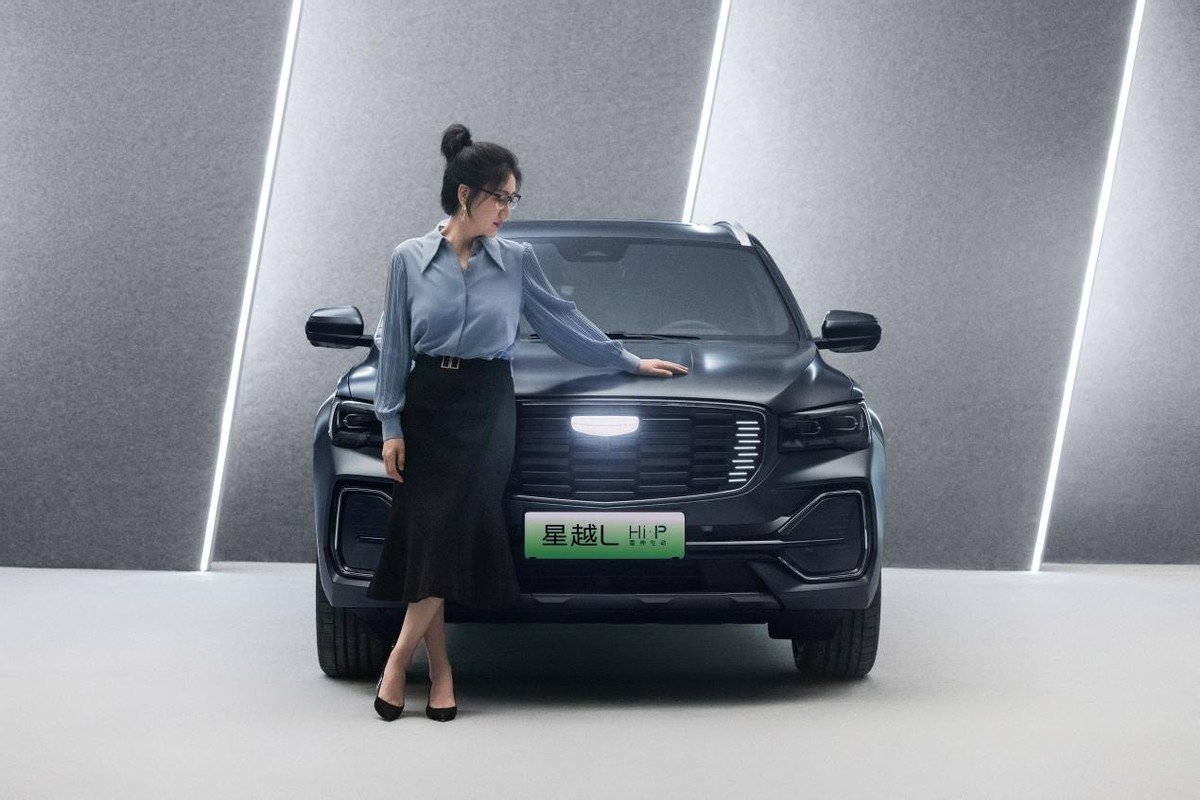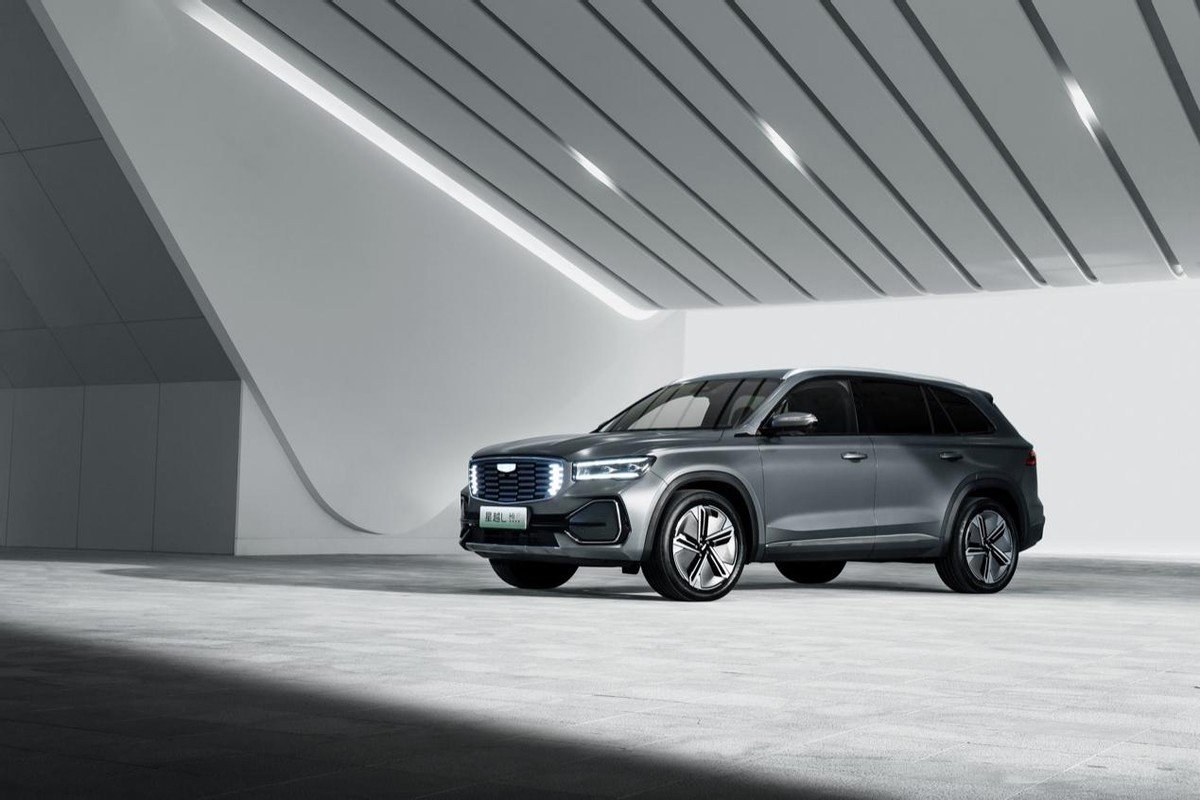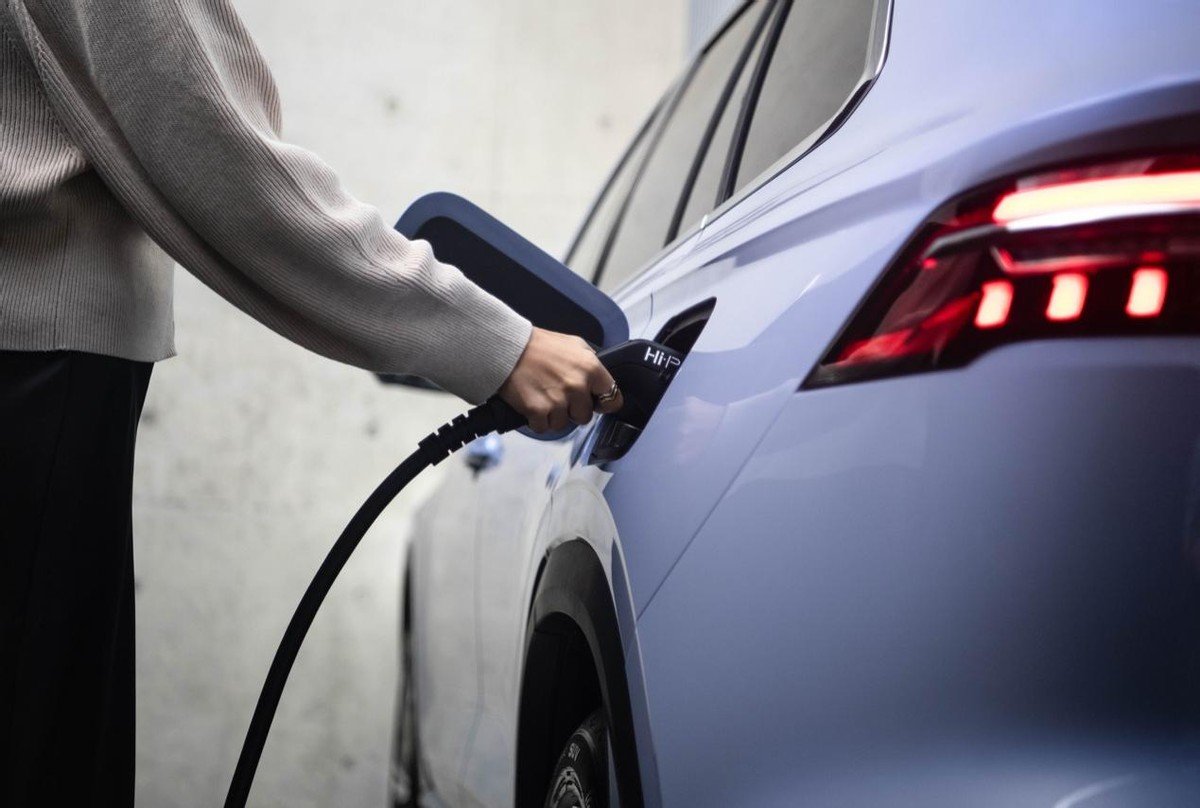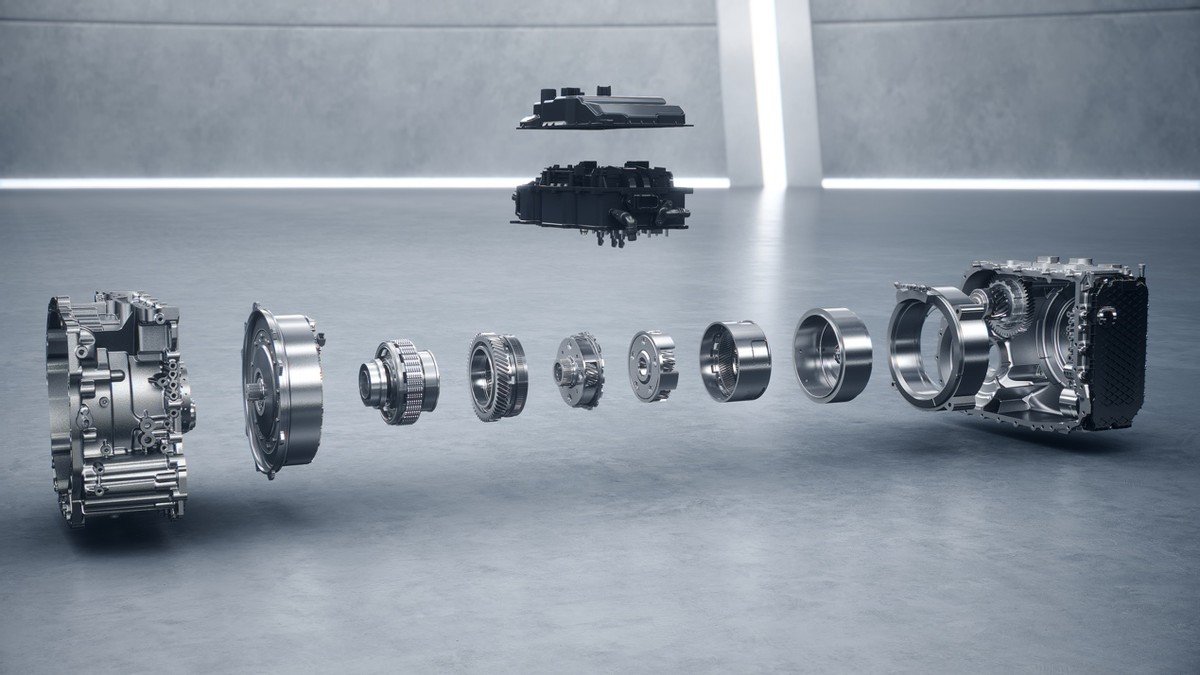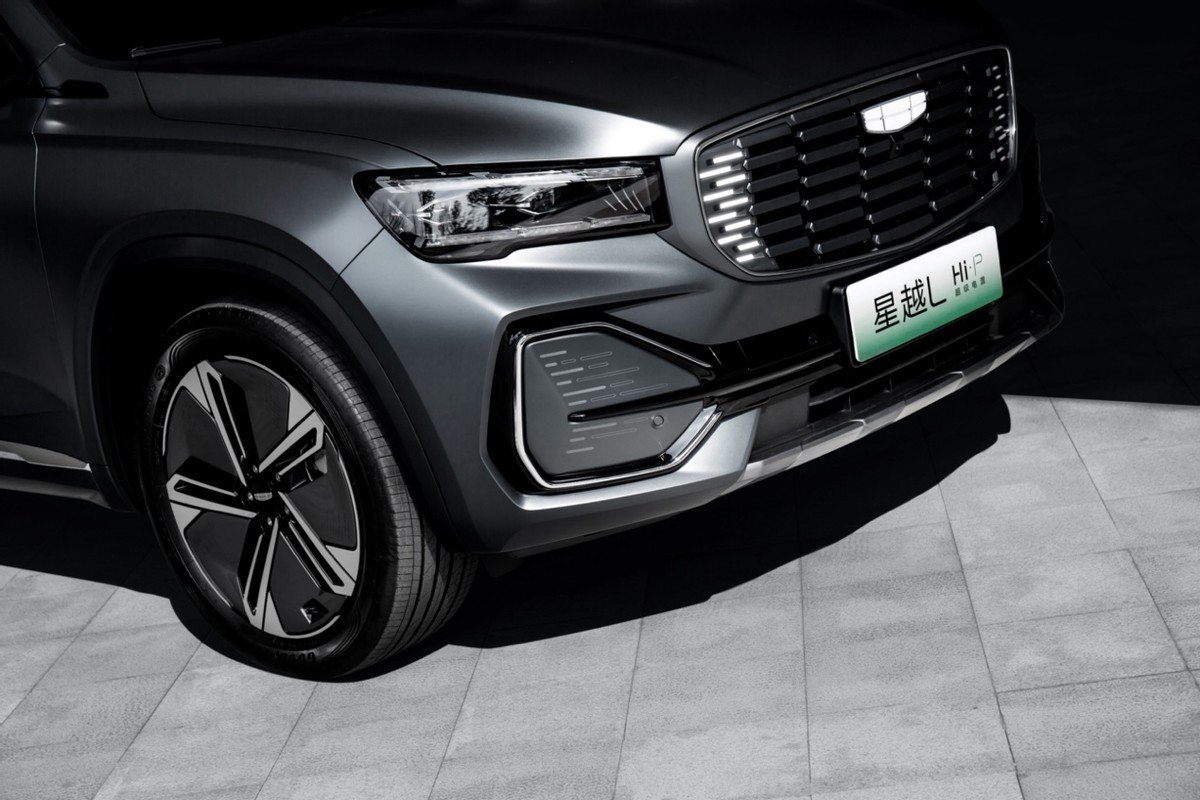Smart and simple media integration, value innovation, Huawei’s new technology empowers media deep integration.
Huawei will continue to invest in the media field, with the core value of "spreading the mainstream, integrating wisdom with simplicity", combining with the judgment of cutting-edge trends and understanding of major scenes, and by innovating new technologies, building new capabilities, improving new ecology, joining hands with industry partners to serve the deep digital transformation and intelligent development of the industry, and jointly promoting the continuous evolution of the media in the direction of intelligence, minimalism and integration.
On November 24th, the 2021 China Online Media Forum, co-sponsored by the Central Network Information Office, the Central Radio and Television General Station and the Guangdong Provincial Party Committee Network Information Committee, was held in Guangzhou, Guangdong Province with the theme of "Development and Order, Making Large Traffic Surge Positive Energy". This forum, focusing on the topics of online media content innovation, technology empowerment, industrial development, responsibility contribution and Greater Bay Area, thoroughly explores the new situation, new challenges and new topics currently facing, promotes the innovation, integration and intelligent development of online media, and jointly plans new ideas, new directions and new paths for the future development of online media.
At the same time, Huawei co-organized a technical sub-forum with the mainstream central media people’s network, and displayed three exhibition areas of "new creation, new experience and new live broadcast" with the theme of "wisdom, simplicity, media integration and value innovation" in the exhibition area, with a total of 12 exhibition points. Using technologies such as 5G, cloud computing and AI, Huawei’s latest technologies and application achievements in the media field were comprehensively demonstrated in innovative technologies such as digital content production, HMS Core3D modeling service, digital content copyright protection, AR, VR, digital person+real-time sign language translation, artistic works creation and distributed live broadcast service based on distributed capability development of HarmonyOS system. Promote the integrated development of "quality content+leading technology", enable new technologies to empower the media, and open a new chapter in the development of the media industry.

New technology and new scene
"Committed to bringing the digital world to everyone, every family and every organization, and building a smart world with the Internet of Everything." Corporate vision and its mission have made Huawei a source of new technology supply in the era of smart media.
Technologies such as 5G, cloud computing and AI are the important cornerstones of building an intelligent communication system. Huawei gives full play to its own advantages in cloud computing, network, terminals and ecological construction, and empowers technology in the process of promoting deep media integration and building new mainstream media. By changing the partner system, Huawei has formed a new eco-partner cooperation mechanism, innovated and developed with its partners, constantly established new scene applications, and jointly promoted the development of media applications in the direction of intelligence, minimalism and integration.
Ubiquitous cloud native services help build an intelligent communication pattern. In the process of intelligent media construction in China, Huawei, with its outstanding cloud service capabilities, has become a solid technical cornerstone for the construction of intelligent communication pattern in China, enabling the intelligent transformation of institutions and promoting the upgrading of media business. Huawei Cloud provides two kinds of solutions for the media industry, one is a business-oriented solution that provides specific business support, and the other is an institutional solution that enables media integration and transformation. Business-oriented solutions are the embodiment of Huawei’s cloud-based capabilities, and cloud infrastructure and computing resources can support media-specific business needs. Rendering solution, digital marketing solution, fast video solution and cloud VR solution have solved the problem of investment threshold for media high-performance IT infrastructure. For example, Huawei Cloud provides Mango TV with video-on-demand service supporting T-class bandwidth peak. The institutional solution demonstrates Huawei Cloud’s advanced empowerment of industry organizations, and is committed to the integration and transformation of media organizations on a macro level. Huawei Cloud’s "Converged Media Solution" helps the media to realize the cloud transformation of "collecting, editing, sending and storing" quickly, and the "5G Media Solution" solves the problem of media 5G network adaptation and supports the optimization of complex mobile application experience.
Leading the global 5G technology and providing "full chain" technical services for intelligent communication. Entering the intelligent era, Huawei is gradually becoming a "full chain" technology service provider for intelligent communication. In terms of network coverage, Huawei continues to promote China’s network construction with communication technology. The "RuralStar" solution can quickly provide high-quality broadband services to remote areas, promote "digital inclusiveness", and further expand the network "Zhilian" picture; In terms of network transmission, Huawei’s 5G technology provides basic technical support for high-quality high-speed network communication, and now it has realized the comprehensive opening of end (terminal), pipe (network), cloud (cloud service) and core (chip); In terms of network deployment, Huawei introduced AI and other technologies, and launched "intelligent" network applications such as "iMaster MAE" mobile network automation engine technology with open architecture and "5GtoBSuite" network automation management platform to improve the efficiency of network operation and maintenance. With the increasing demand for wireless networks by end users and vertical industries, the 5G industry has become a new engine for the growth of the wireless industry. Through end-to-end innovation, Huawei has built a 5G network with excellent performance and energy saving, providing strong technical support for opening up the "last mile" of communication.
Construct a "1+8+N" equipment circle to form an intelligent communication ecosystem. From terminals to Internet of Things (IoT) devices, Huawei redefines the experience through AI, allowing consumers to get the ultimate personalized "full-scene smart life" experience in the whole scene of home, travel, office, audio-visual entertainment and sports health. Huawei’s "1+8+N" device circle takes smart terminals as the main entrance, tablets, PCs, VR devices, wearable devices, smart screens, smart audio, smart speakers and car machines as the auxiliary entrances, and pan-IoT devices connect the digital world, and create a smart life experience for consumers around five scenes: home, office, travel, sports health and audio-visual entertainment. In the future, HarmonyOS (HarmonyOS System) will become the core link of serial devices, and also provide a guarantee for the realization of wider intelligent communication at the user level in the control of the underlying system. The cross-device information transmission and sharing of Huawei terminals has broken through a single scene, laid a foundation for accumulating more data for itself, and provided an innovative soil for partners in the media industry in yowza.
From multimedia communication to all-media product technical services, Huawei has been deeply involved in the application and continuous innovation of media technology for 25 years, providing solutions for partners in five major areas: ultra-high definition, media convergence, film and television, smart publicity and smart radio and television, hoping to promote the development of the media industry in the direction of intelligence, minimalism and integration and promote industrial upgrading.
New creation and new live broadcast
In this forum, Huawei’s new creative exhibition area focused on the digital content production line, HMS Core 3D modeling service, Huawei information flow engine and petal chain innovation platform, while the new live exhibition area was a comprehensive presentation of Huawei’s multi-perspective, Huawei cloud free perspective and distributed live broadcast.
Huawei cloud digital content production line mainly solves the problems of content development and production efficiency and cross-regional multi-team collaboration, and works with users in the media industry to create an industry technology ecology. Relying on the four capabilities of cloud production, cloud rendering, cloud desktop and media AI, this production line provides industry users with full-process technical services from virtual shooting, film/animation post-production, variety post-production, digital production, lightweight cloud live broadcast and other film and television production and release.

In the field of graphics and images, Huawei’s 3D modeling service is based on Huawei’s self-developed algorithm, which can provide users with the functions of 3D object modeling, material generation and motion capture, and realize efficient production of 3D digital content. 3D object modeling greatly reduces the threshold dependence of hardware. Users only need an ordinary RGB terminal to generate high-precision 3D geometric models with one click. Material generation is to highly restore the light and shadow effects of objective world materials in mainstream rendering engines by shooting one or more RGB pictures and using AI-assisted material generation tools, so as to enhance the scene realism of materials. The ability of motion capture can be applied to scenes such as virtual character driving or behavior analysis. The model reconstructed by 3D Modeling Kit has no background, and the edges are clearer and cleaner, which can be widely used in the innovative development of product model making, teaching demonstration, game animation making, short video making and other fields.
Huawei Newsfeed Connect (HNC) is committed to providing partners with a one-stop business platform, which not only serves the content creation itself, but also helps partners understand the target users and the data performance of the content, so as to optimize the content more pertinently and gain more users and higher commercial value. At the Huawei Developers Conference (HDC)2021, HNC opened up 25 kinds of content creation capabilities, empowered content creators in all directions, supported multi-role login in the background, and centralized management of multi-account registration, which brought convenient operation experience to creators. In addition, in HNC, creators can also create business news, and get higher commercial returns through high-quality content "bringing goods". HNC, based on AI technology and big data, creates "precise, beautiful, fast and accurate" content production and distribution capacity support, and cooperates with creators to provide users around the world with a trustworthy, valuable and positive information experience.
In May 2020, Huawei launched Petal Search for overseas users, which can provide users with more than 20 vertical search services including shopping, tourism, local life, App and education. In addition, petal search has also built three ecological platforms based on vertical fields such as shopping, tourism and local life, aiming at completing the connection between people and services with smarter search and realizing the closed loop from information acquisition to service. Petal search has built a complete vertical ecology through the root technology of open search field, in order to achieve a better vertical search experience and technology upgrade path. Relying on Huawei’s HMS ecological and search root technology engine, Petal Search provides partners with vertical search services that are more in line with the local market demand and meet the characteristics of the industry, and provides partners with a platform for "borrowing a boat to go out to sea". Through the continuous polishing and experience improvement of technology, Petal Search provides vertical search services with higher accuracy and transaction rate for industry users, and provides more innovative technical support for partners.
Petal chain innovation platform, based on Huawei’s self-developed blockchain technology, is committed to building a credible internet and an open platform to improve industrial efficiency. The platform effectively solves practical problems in the industry by linking various industrial networks. At present, DCI copyright service solutions and traceability service solutions have been provided.
DCI copyright service is a full-process digital copyright service based on DCI standards, which is provided by Huawei and China Copyright Protection Center for Internet platforms by using blockchain, artificial intelligence, big data and other technologies. It mainly includes three core copyright service capabilities: ownership confirmation, authorized settlement and rights protection. DCI copyright service is aimed at all kinds of digital contents such as images, characters, audio and video under the digital network environment, and it is open to platforms and users in all vertical fields of Internet copyright ecology. The traceability service is to use Huawei’s self-developed blockchain technology to ensure the authenticity of traceability. By building a traceability service platform for merchants, it provides customizable and open traceability management services from brand to batch to commodity. In practical application, petal chain has joined hands with ecological partners to solve many trust problems.

Huawei Multi-view provides more personalized perspective choices for shooting with the help of 5G technology, bringing more immersive content. Multi-screen and multi-view can bring users a multi-dimensional, self-customized brand-new audio-visual experience, and also provide operators with a new business model of differentiation and payment on demand. Users can watch multiple perspectives of the same game, variety show and other activities on the screen at the same time, and can choose their favorite perspective to watch. Huawei is the first in the industry to promote the application of 5G+ multi-perspectives. At present, the existing cases include the Music Pioneer List Awards Gala, the Super League football match between Henan Jianye and Shanghai Shenhua, and the Jiangsu Lishui Marathon.
Huawei Cloud Free View Service can be used for artistic dance performances, sports competitions, film and television variety shows, online celebrity performances, photo taking in scenic spots, live broadcast with goods, exhibition drainage, action teaching and other scenes. Relying on Huawei’s cloud native media network, it integrates various shooting schemes, supports professional camera shooting and simple terminal shooting scheme, and provides the industry with the ability of free-view live broadcast, on-demand and wonderful moment generation quickly and agile, and at the same time provides an easy-to-use playback SDK, which realizes a novel viewing experience with free choice of screen angle at the playback end.
Huawei’s distributed live broadcast application scenario is that the anchor uses the distributed capabilities of HarmonyOS to transfer a single terminal service to multiple devices. Realize the remote control of live broadcast, close-up shooting of co-broadcast products, large-screen anchor and product confluence display, and real-time data kanban function respectively.
New business and new experience
In the all-media era, technology plays an important role in promoting the development and change of information dissemination. Every new technology stage will bring new information dissemination forms and modes, and also form new business models. The new experience exhibition area focuses on new business experiences such as unseen, VR Changyou, HMS Core sign language service, HarmonyOS Zhilian, AI portrait gallery, etc.

"No See" is a newly developed AR product focusing on entertainment and socialization. Users can be in it, explore AR gameplay, create their own AR world, experience a new AR social model, and express themselves with AR. "No See" is the first innovative product in the industry that integrates AR scene co-creation, AR socialization, graffiti and other functions. It makes the real world more interesting by superimposing virtual information based on the characteristics of location and environment.

VR Changyou is an innovative practice based on human posture recognition and virtual reality technology. It defines interactive semantics by extracting the human skeleton features in the collected video stream, and combines the preset panorama and virtual 3D model to create an immersive VR interactive experience, so that users can experience the remote scenery without leaving home.
Huawei’s sign language service is based on Huawei’s self-developed pre-training language model, machine translation algorithm and multi-modal digital human action generation algorithm. At the same time, it cooperates with authoritative institutions such as Information Accessibility Research Association and Education Department of Beijing Normal University to achieve coherent and natural sign language body posture, gesture movements and expressions. Huawei’s sign language service has a wide vocabulary, covering more than 10,000 sign language vocabulary, which can fully meet many application scenarios such as life communication, education and learning, and social information acquisition. For example, in the scene of children’s education, the text in a specific book can be translated into sign language to help deaf children read and learn.
The AI Portrait Gallery is another highlight of Huawei’s booth. AI algorithm can create works of various artistic styles by learning works of art many times, avoiding the inefficiency, high cost and confusion of manual workshop-style creative design. With the help of Huawei’s cloud computing and large bandwidth, Wenchuang Company can use AI to produce the style elements it needs on the cloud to fill its entire works, and can also use this technology to make stylized templates and share them on the cloud, providing infrastructure empowerment for the refined division of labor in the entire cultural and creative industry chain.
In addition, Huawei’s smart full-scene ecological strategy started the upgrade of hardware ecological brand, and HUAWEI HiLink was upgraded to HarmonyOS Zhilian. This exhibition area focuses on Huawei IdeaHub, which integrates intelligent writing, extremely clear screen projection, video conferencing and open office applications. This technology can meet the smart office needs of corporate meeting rooms, open office areas, manager’s offices and other scenarios, and help the digital transformation and upgrading of corporate office.
New ecology and new value
At the technical sub-forum on the morning of November 24th, guests and representatives from the competent authorities, mainstream media, commercial platforms, Internet companies, experts and scholars conducted in-depth exchanges and discussions around the theme of "Innovation: Technology Empowerment". Huang Jin, chief strategy officer of Huawei Cloud, attended the forum and delivered a speech, discussing with the guests how the media can use new technologies to fulfill new missions and show new achievements under the background of profound changes in the world pattern and the ecology of public opinion.
Every technological breakthrough brings innovation leap for partners and the whole ecosystem. It provides leading technologies and solutions to companies from all walks of life around the world, empowering industry partners to create more fruitful results in digital transformation and future value shaping.
Huawei builds a media content ecosystem based on terminal applications by expanding media partners and attracting content creators. On the one hand, Huawei’s content applications have established cooperative relationships with media and platform organizations to meet the content needs of end users. For example, Huawei Video cooperates with Mango TV, Tencent Video, Youku and other partners to create a one-stop integrated video window; Huawei Music cooperates with hundreds of record companies around the world, and at the same time cooperates with audio content service providers such as Himalayan and Dragonfly FM to expand the content of head anchor; Huawei Reading has also reached partnerships with Palm Reading Technology and Alibaba Literature, and put forward the idea of "building a global reading ecology", and combined with Huawei’s cloud cross-device reading function to optimize readers’ reading experience. On the other hand, Huawei actively attracts developers and creators to optimize the terminal content ecology with platform capabilities and creative technologies. It has developed a series of open platforms to absorb high-quality content, such as Huawei’s "Baihua" video content open cooperation platform, Audio Connect audio capability platform, VR audio and video ecological platform and so on.
While integrating content, Huawei pays attention to the guidance of values and emphasizes the quality of content. In the video field, Huawei focuses on three core directions: information, film and television, and knowledge, and works with creators to "build a new ecology of safe, healthy and high-quality content creation", and in the near future, it focuses on topics such as the founding of the party for a hundred years, accurate poverty alleviation, and traditional culture. In the future, Huawei will continue to be committed to "telling the story of China with partners and helping high-quality Chinese content go global".
In June, Huawei officially released the "Cloud-Cloud Collaboration" strategy, which deeply coordinated Huawei Cloud and Huawei Terminal Cloud, and provided a through service for partners including the media from institutional transformation to content distribution. For the audio-visual industry, Huawei released an "end-to-end audio-visual solution" based on "Yunyun Collaboration", which accelerated the production process of audio-visual products with Huawei Cloud, and then distributed and operated with Huawei Video as the core of the terminal cloud platform. In the field of information content, Huawei’s "Huawei Information Flow Engine" (HNC) based on "Yunyun Collaboration" has reached cooperation with partners such as People’s Daily Online, World Wide Web, Shanghai Newspaper, Sina News, etc., providing rich cloud native capabilities in content creation based on technologies such as big data and AI, and helping information content reach Huawei end users with a little access to Huawei terminal cloud.
"Yunyun Collaboration", in addition to tilting the existing traffic of Huawei’s terminal cloud service to media partners, also proposes to support cooperative organizations in the terminal installation of media applications, forming a good industry application ecology. Based on the "Yaoxing Plan" initiated by Huawei Developers Alliance, Huawei released the "Yaoxing Media Plan" specifically for media application integration and innovation, providing media industry partners with resources to promote and support Huawei’s application market. The collaboration of the two clouds allows Huawei to provide users with a better content experience while serving the media. For the media, Huawei has opened the terminal cloud user traffic to media organizations that have established deep cooperation with Huawei Cloud, providing more opportunities for its integration and development.
Co-existence and win-win and long-term interests of partners are the key elements to build a digital industry ecosystem. Huawei practices the promise of "leaving simplicity to customers and partners, and leaving complexity to itself", and provides partners with support such as empowerment and operation, so that partners can gain greater benefits in the big market of digital transformation.
